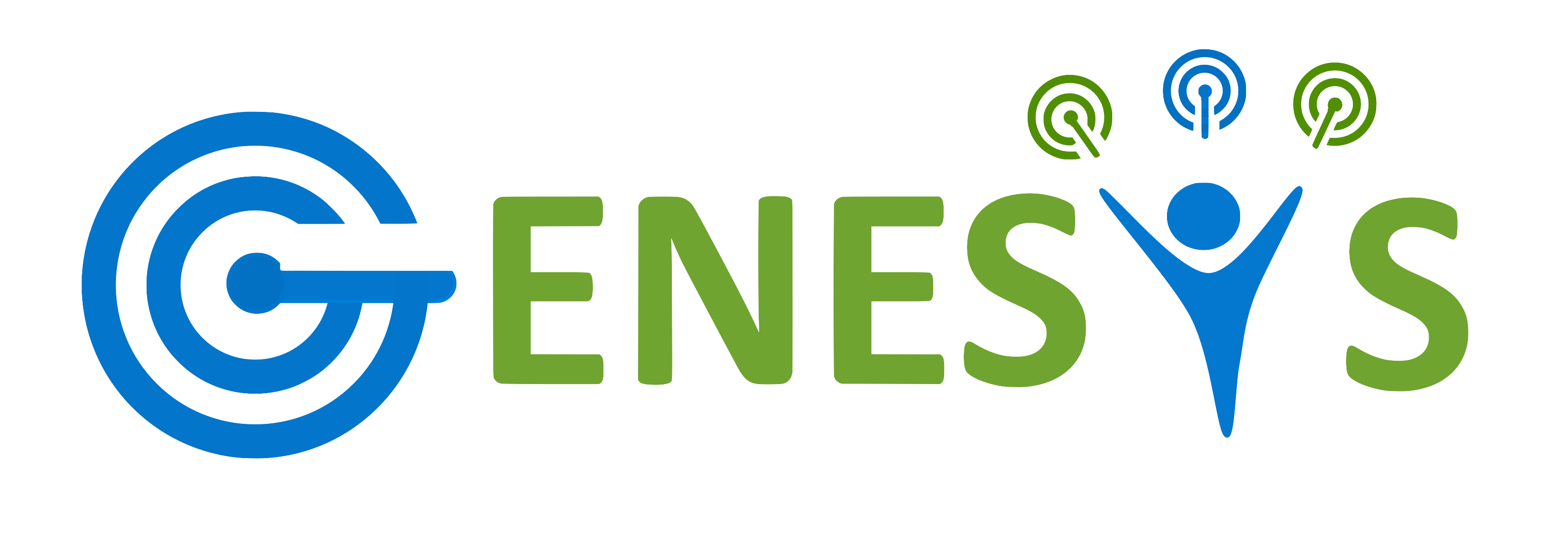Spectrogram Dataset for O-RAN based Radar Detection in the CBRS band
Download our dataset:
Please use the below link to download the datasets:Spectrogram Dataset for O-RAN based Radar Detection in the CBRS band
This dataset was generated and used for the article "SenseORAN: O-RAN based Radar Detection in the CBRS Band", which was published in the special issue of Open RAN: A New Paradigm for Open, Virtualized, Programmable, and Intelligent Cellular Networks of the IEEE Journal of Selected Areas in Communications journal. You can download the accepted paper in this link . Any use of this dataset which results in an academic publication or other publication which includes a bibliography should include a citation to our paper. Here is the reference for our work:
Accepted article: PDF
G. Reus-Muns, P. S. Upadhyaya , U. Demir, N. Stephenson, N. Soltani, V. K. Shah, and K. R. Chowdhury, "SenseORAN: O-RAN based Radar Detection in the CBRS Band,” IEEE Journal on Selected Areas in Communications (JSAC), August 2023.
Abstract:
Open RAN (O-RAN) has the potential for revolutionizing not only cellular communication but also spectrum sensing by carefully controlling uplink/downlink traffic in shared spectrum bands. In this paper, we present the design of SenseORAN, which detects the presence of radar pulses within the Citizens Broadband Radio Service (CBRS) band. SenseORAN is especially useful for scenarios where these pulses (highest priority) are fully overlapping with interfering LTE signals (secondary priority licensee), requiring immediate detection of such an occurrence. This design paradigm of re-using existing cellular infrastructure with ORAN-compliant sensing and communication slices can potentially eliminate the need for dedicated spectrum sensors along the coastline as well as severe restrictions on the transmit power for the LTE operators that are enforced today. Our approach involves a machine learning module deployed as a Radar Detection xApp at the near-Real-Time (near-RT) Radio Access Network (RAN) Intelligent Controller, i.e., near-RT RIC. The base station or gNB (i) uses the you-only-look-once (YOLO)-based machine learning framework that is modified to detect radar signals present within spectrograms generated from I/Q samples collected during the regular uplink cellular operation, and (ii) maintains a list of 'occupied' channels in the 3.5 GHz CBRS band that indicate radar presence. Our design is validated with (i) an over the air collected dataset composed of Type 1 radar and standard-compliant LTE waveforms, and (ii) an experimental testbed of SDRs running a complete Open RAN stack with a near-RT RIC implementation integrated with our YOLO-based xApp. We show radar detection accuracy of 100 under SINR conditions ≥ 12dB after combining 7 spectrograms into a single decision. Furthermore, using testbed results, we demonstrate that the gNB can be reconfigured to avoid radar interference within 866 ms, which represents a reduction of 85.5% over the 60 s response time mandated for pausing cellular operation in detecting radar presence in the CBRS band today.Dataset Description
Our dataset consists of overlapping over- the-air cellular and radar signals, under different noise levels and diverse traffic conditions. We use a testbed of 3 Ettus Research USRP X310 SDRs, with two nodes running a 4G cellular network and a third one to collect I/Q samples in the srsRAN’s FDD mode in order to bypass the need of precisely capturing the uplink transmission moment. All the SDRs are connected to the same host machine, using 10 Gbps interfaces and Ethernet cables. We setup the 4G network by running srsRAN , where one radio is configured as a UE and the second one as the BS.In the dataset there are two folders, namely images and labels, which contain spectrogram images for training and corresponding labels, respectively. The names of the spectrogram images describe SNR, SINR, and UDP values in the corresponding spectrogram, where thin horizontal lines indicate radar pulses. 3 text files (training, validation, and test) indicate the directories of the corresponding data type, which was selected randomly. Users should update these directories according to their computer settings.
For further details about the data collection, please refer to Section VI.A in the article.
Funding Agency: NSF, Roux Institute, and Harold Alfond Foundation.
NSF Grant Numbers: CNS 2112471, CNS 2229444, and CCRI 2120411

Fig.1: Today (left figure), ESC sensors s1 , s2 , s3 detect radar in the CBRS band, which may be subject to interference from cellular BSs b1 , b2 , b3 shown by red arrows. The data from ESC sensors is reported to the SAS. In the proposed architecture (right figure), the b1 , b2 , b3 are O-RAN compliant BSs, which use machine learning based xApps in the near-RT RICs to accurately detect radar and for optimal BS reconfiguration upon detected radars. This increases the sensing region and reduces deployment overhead by re-using existing cellular infrastructure.

